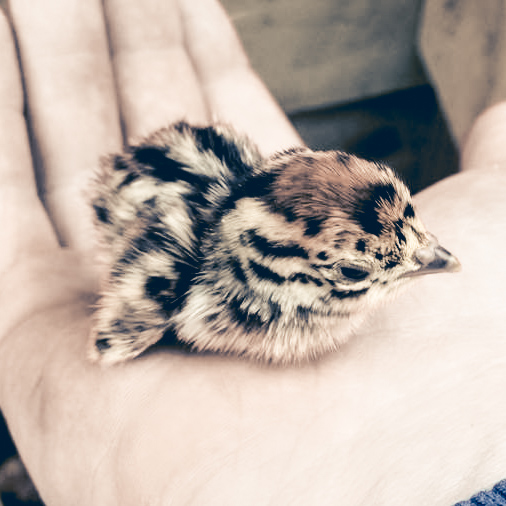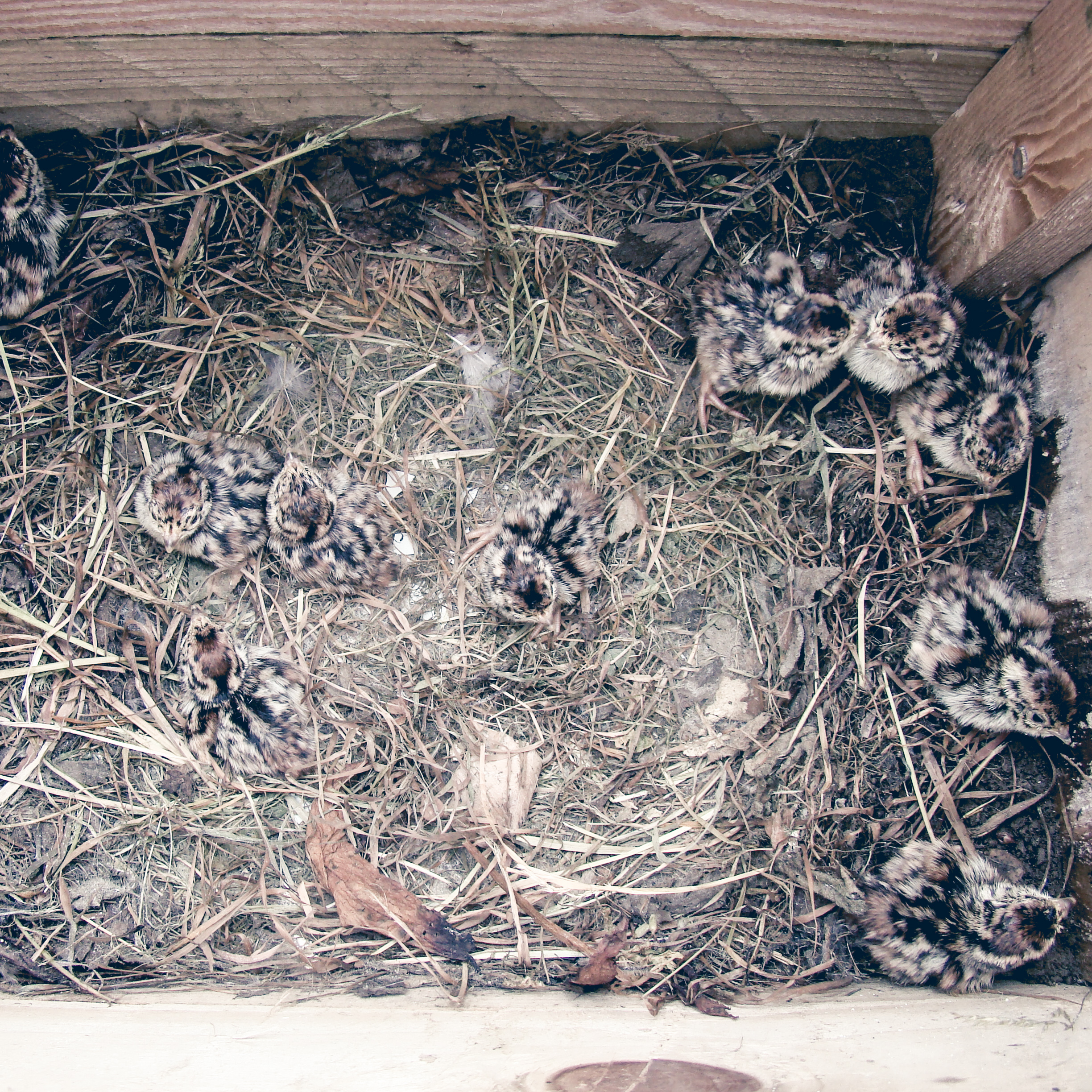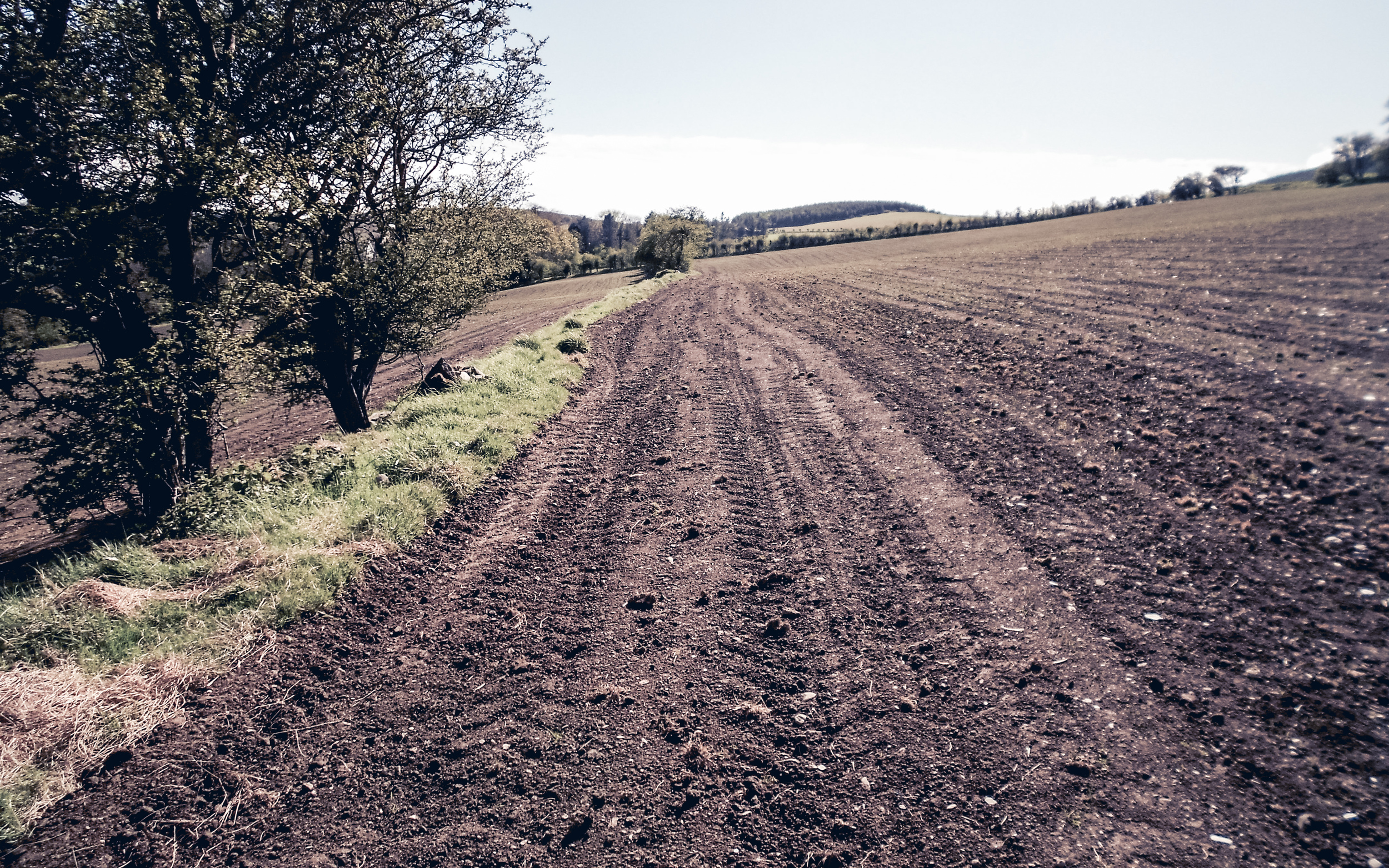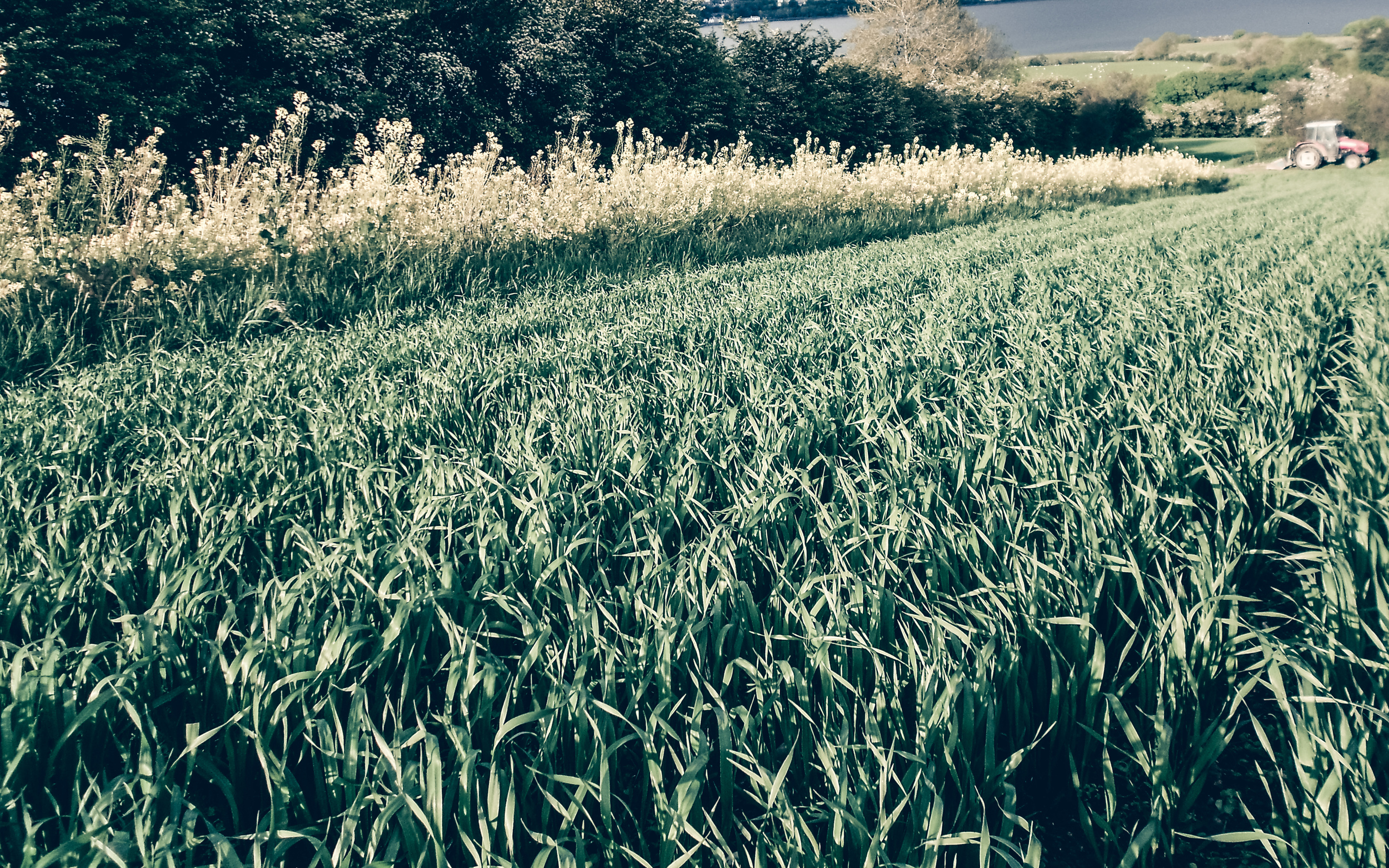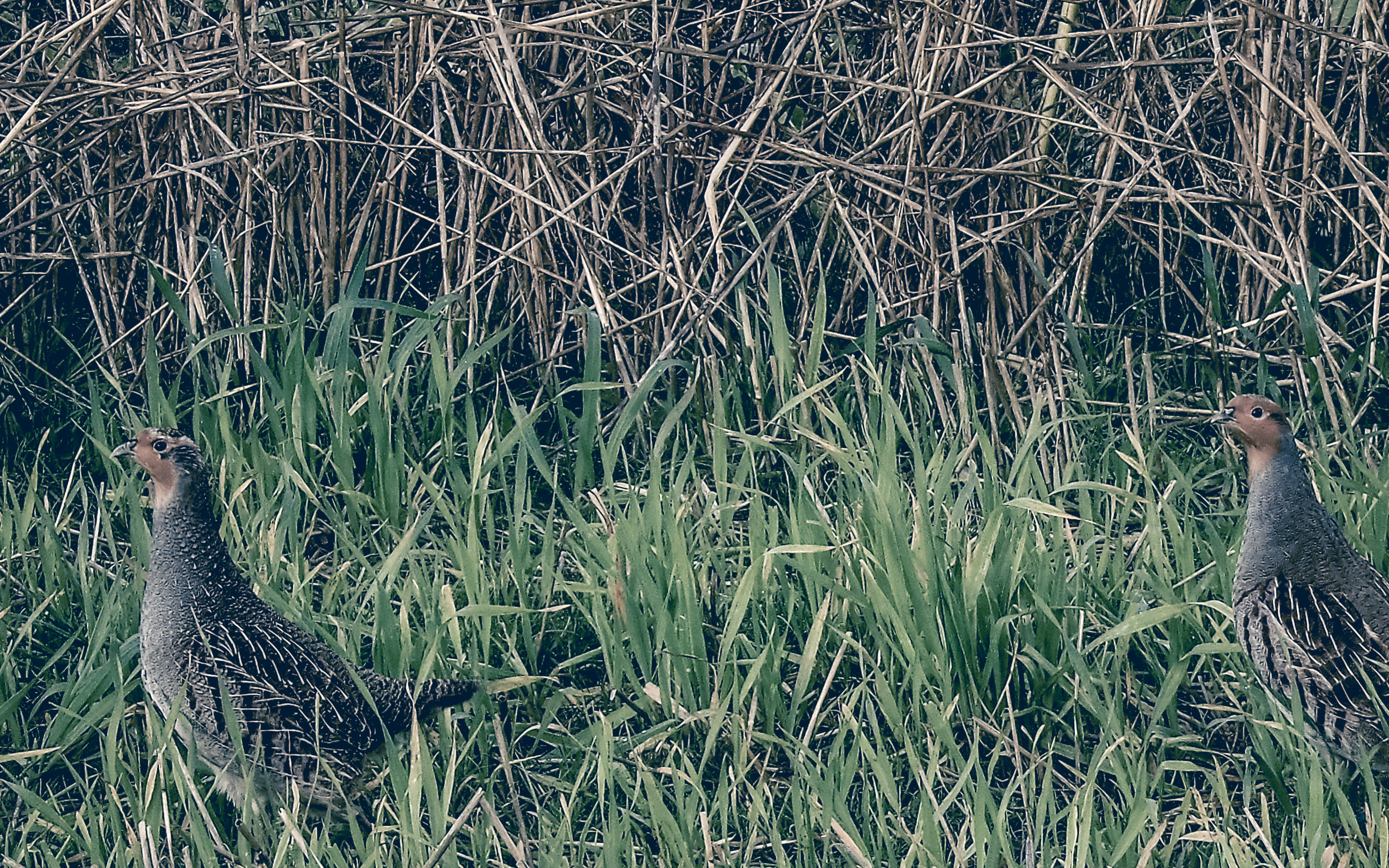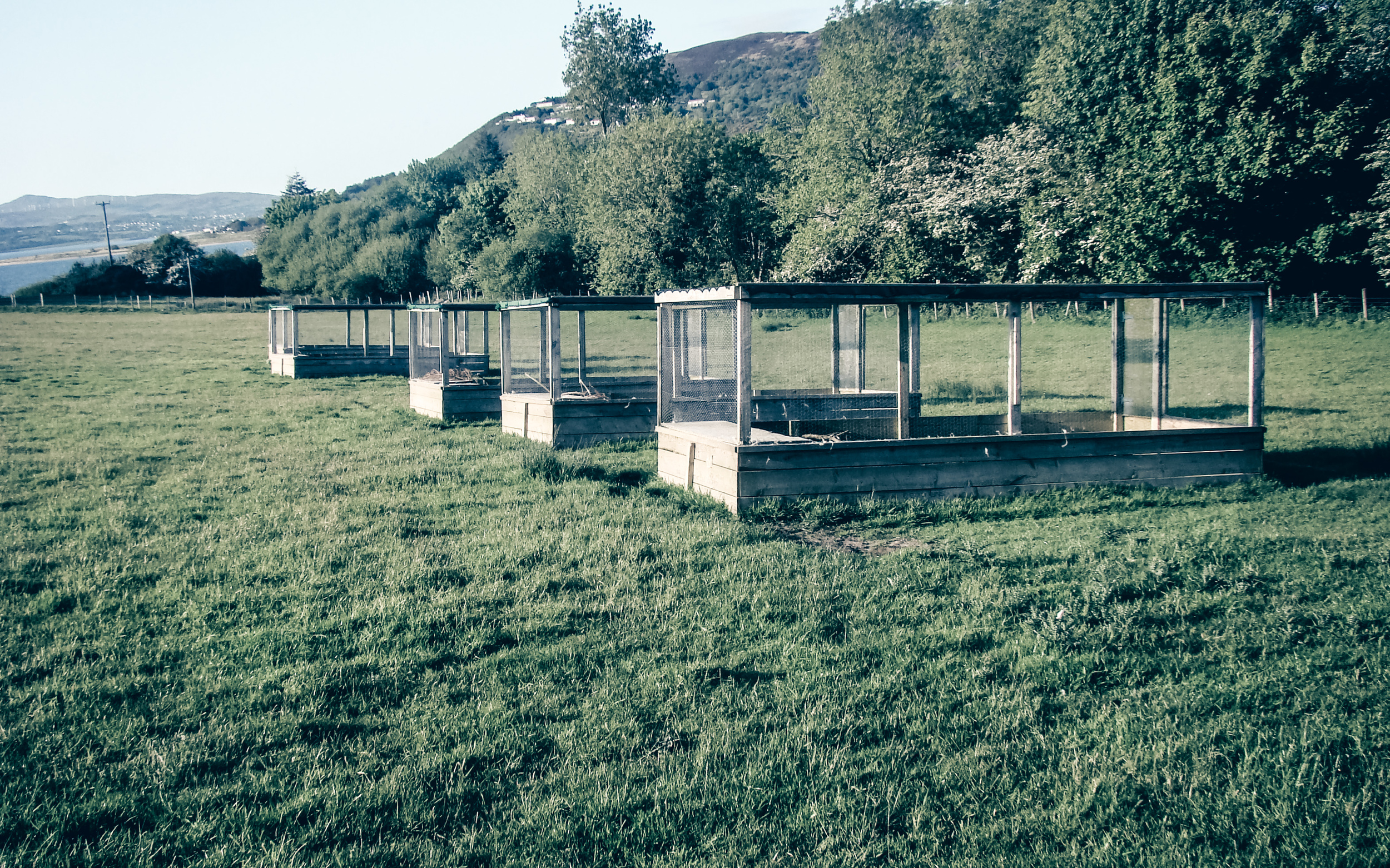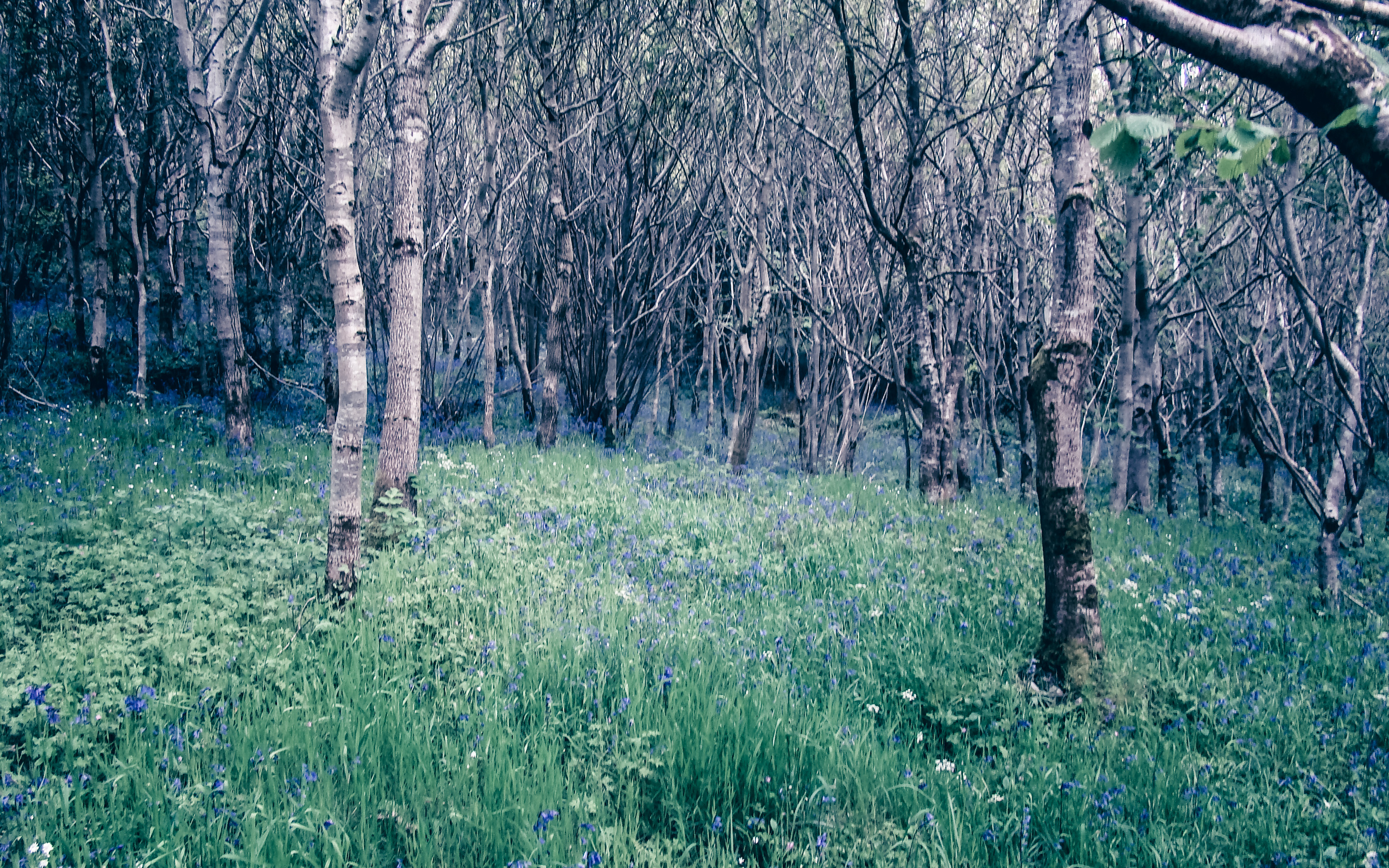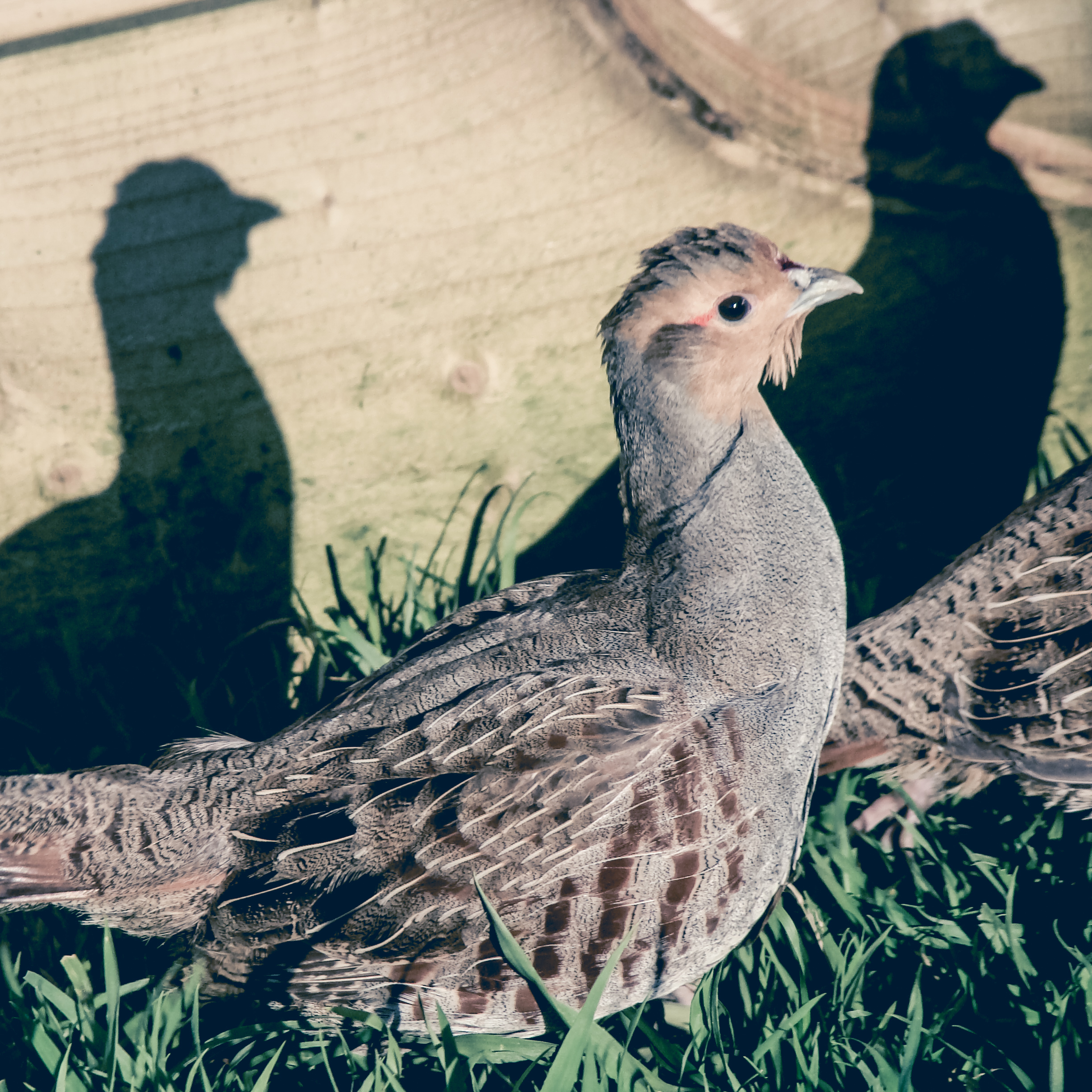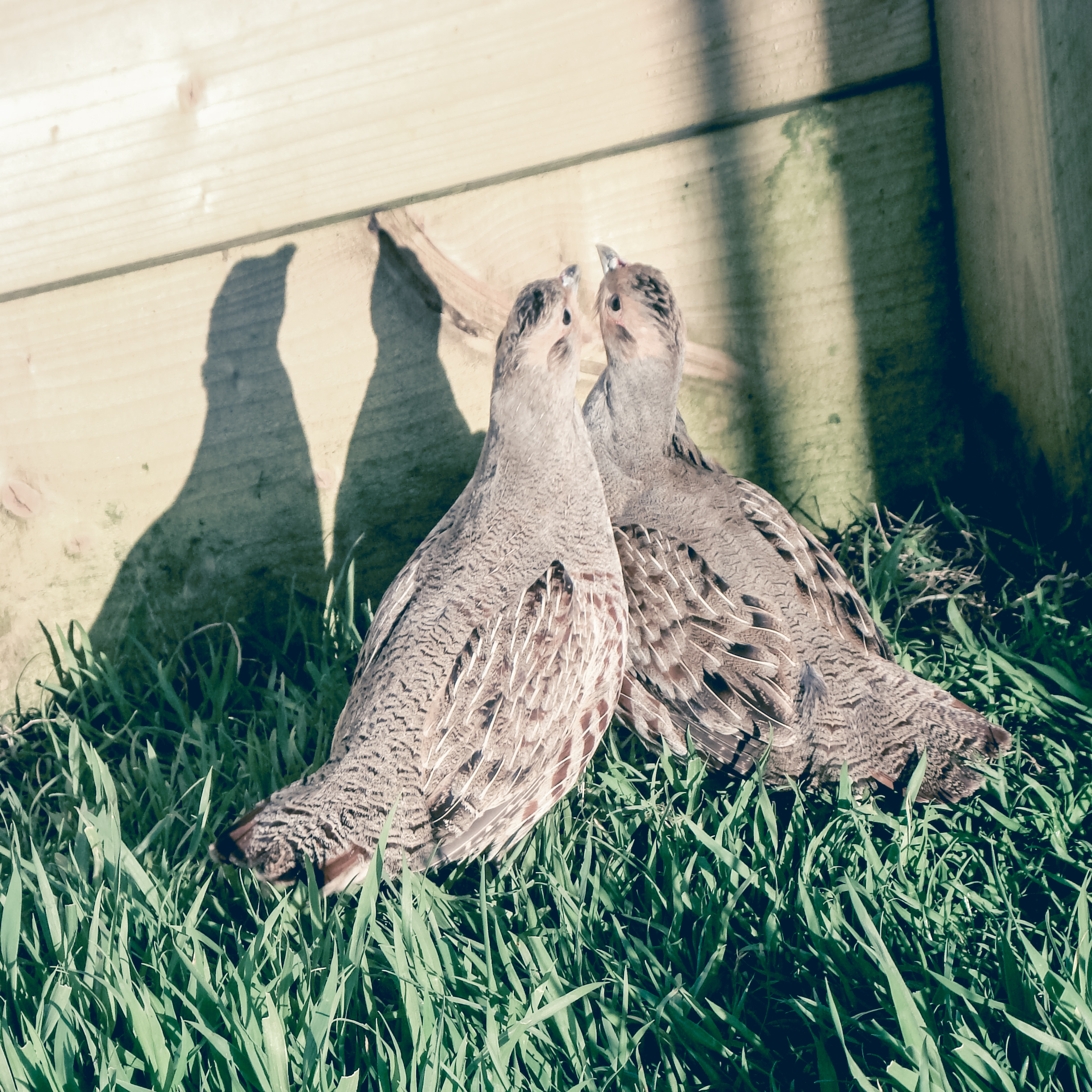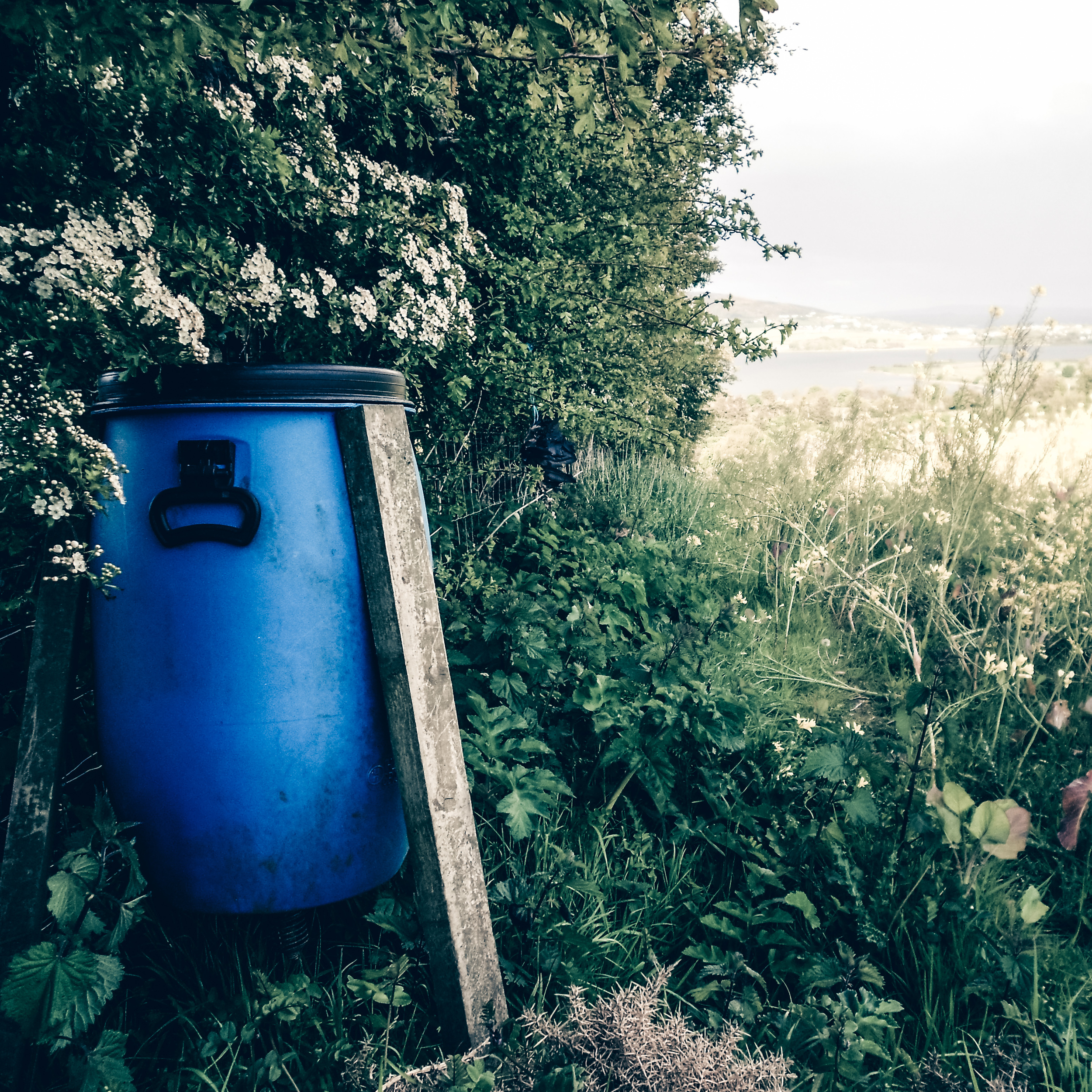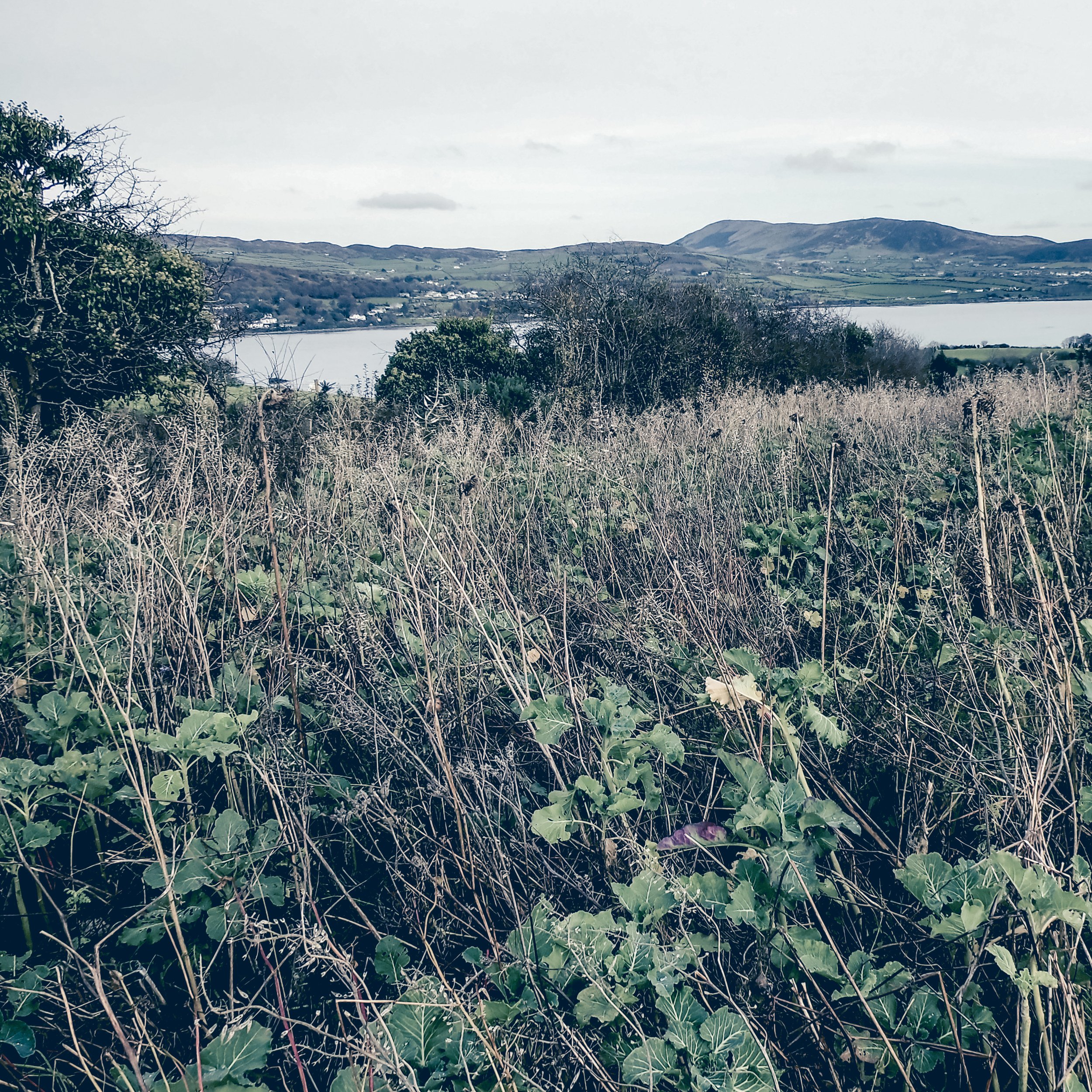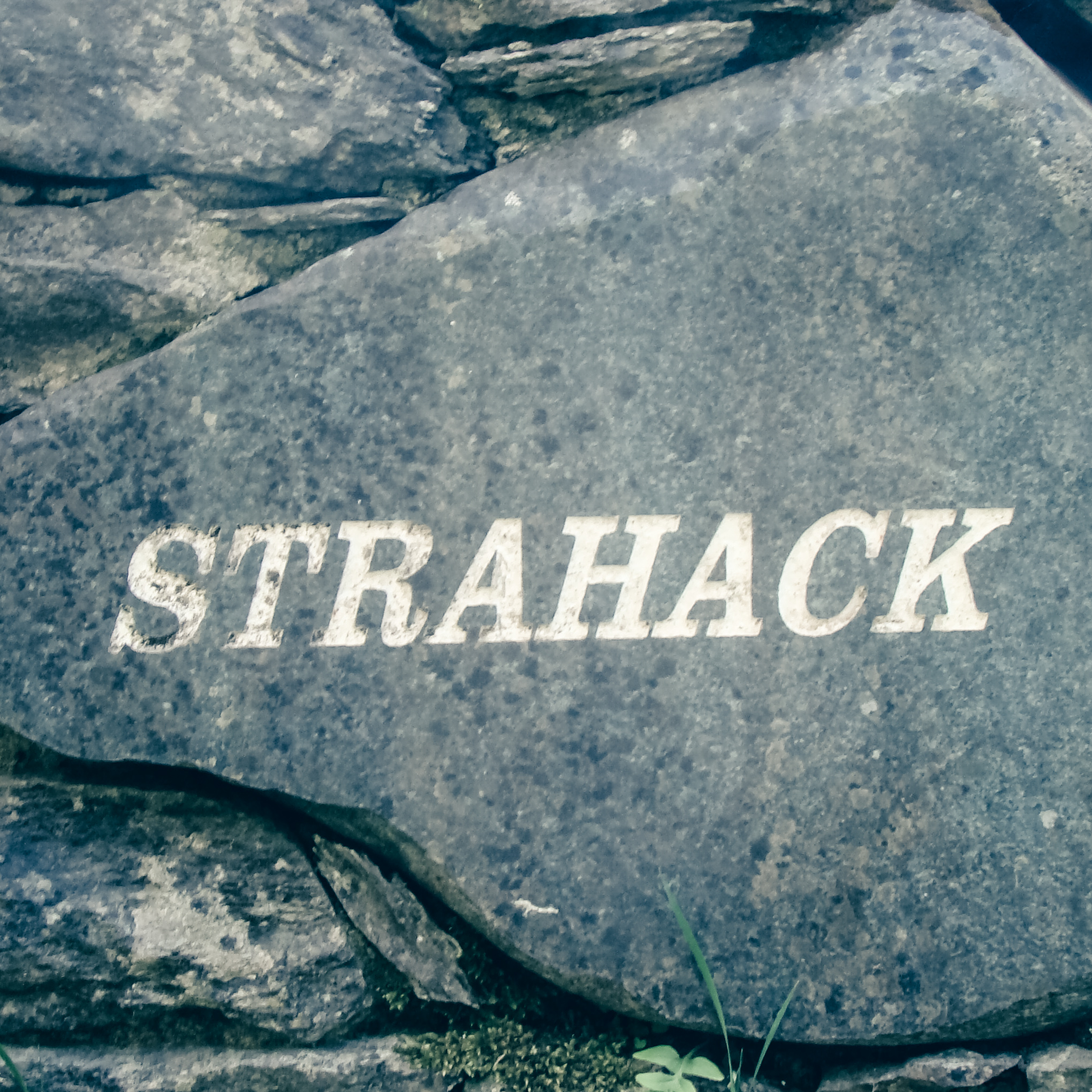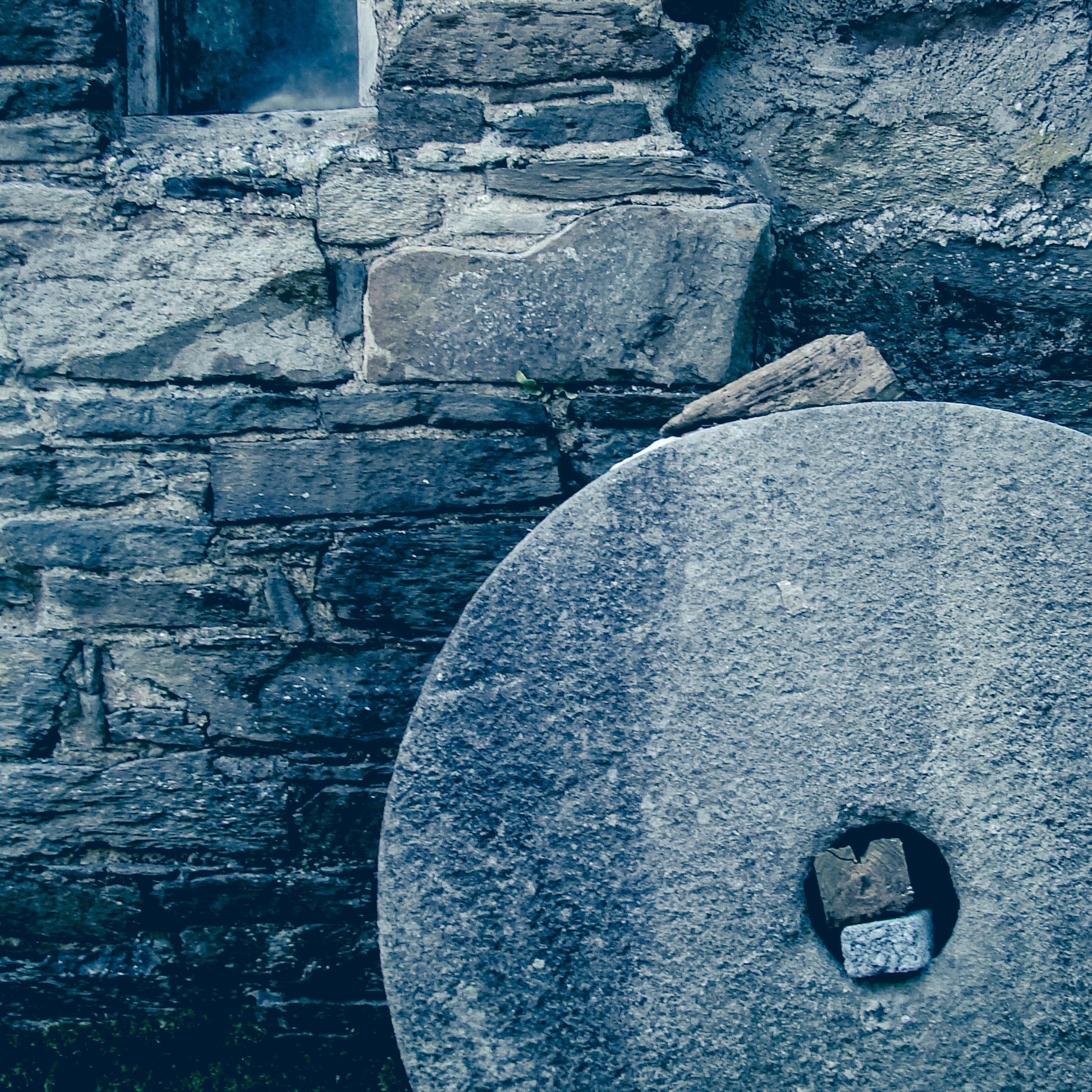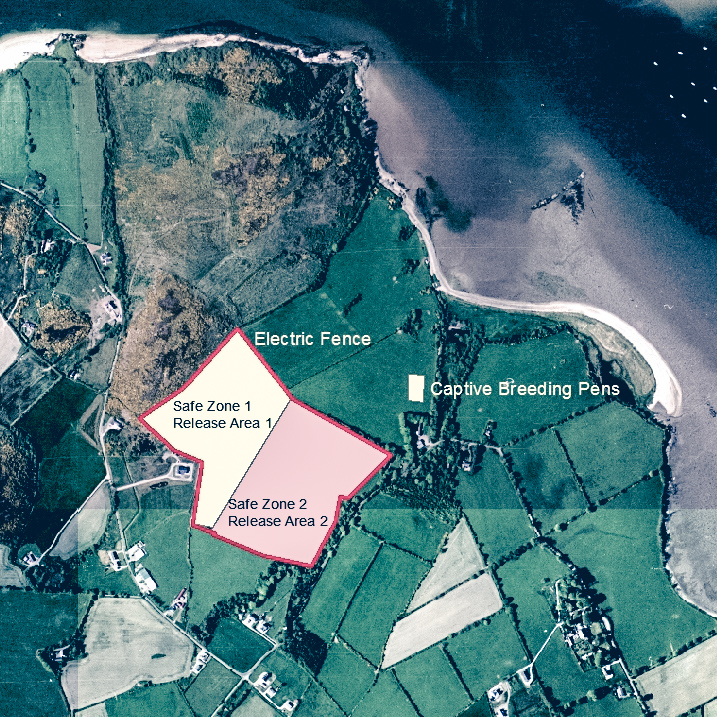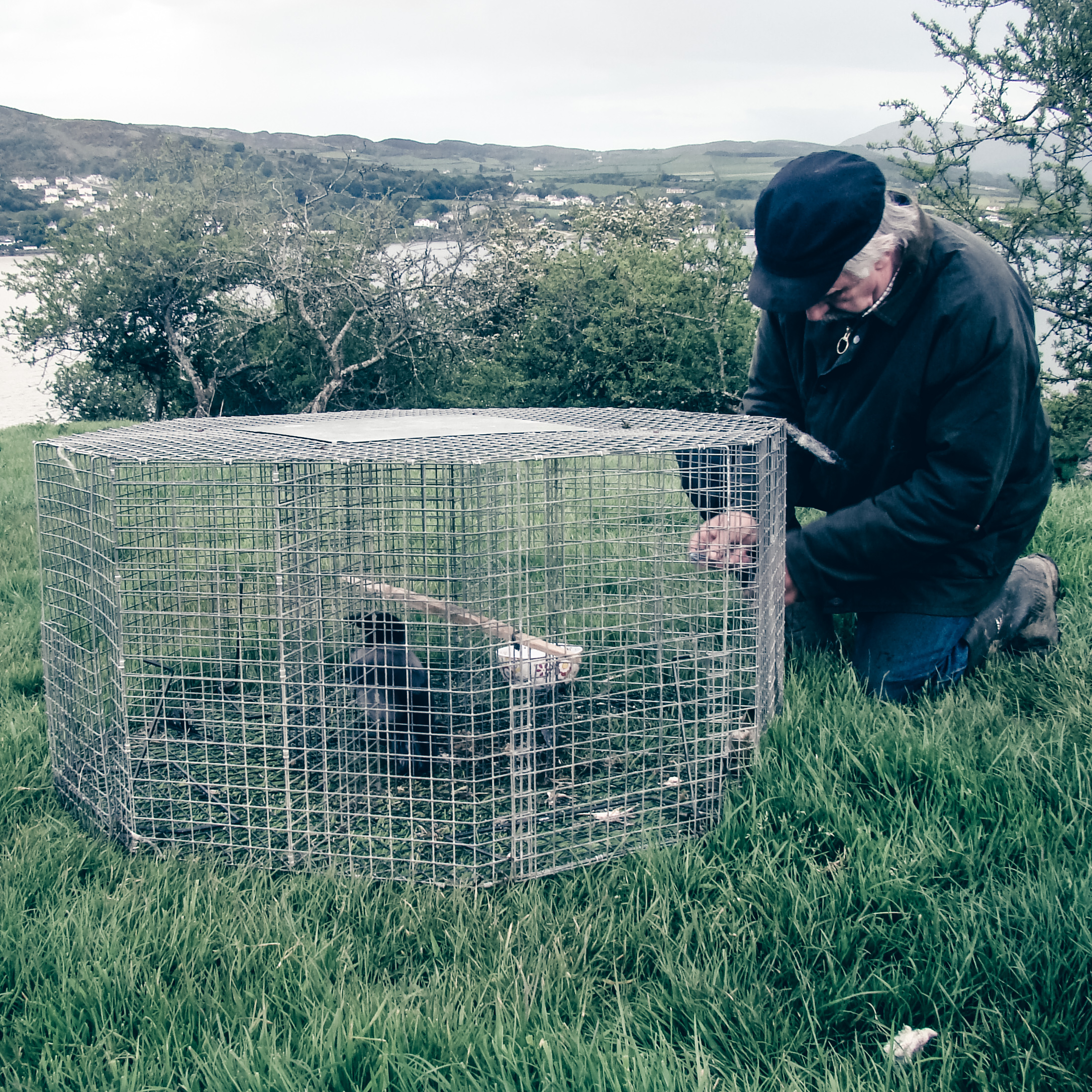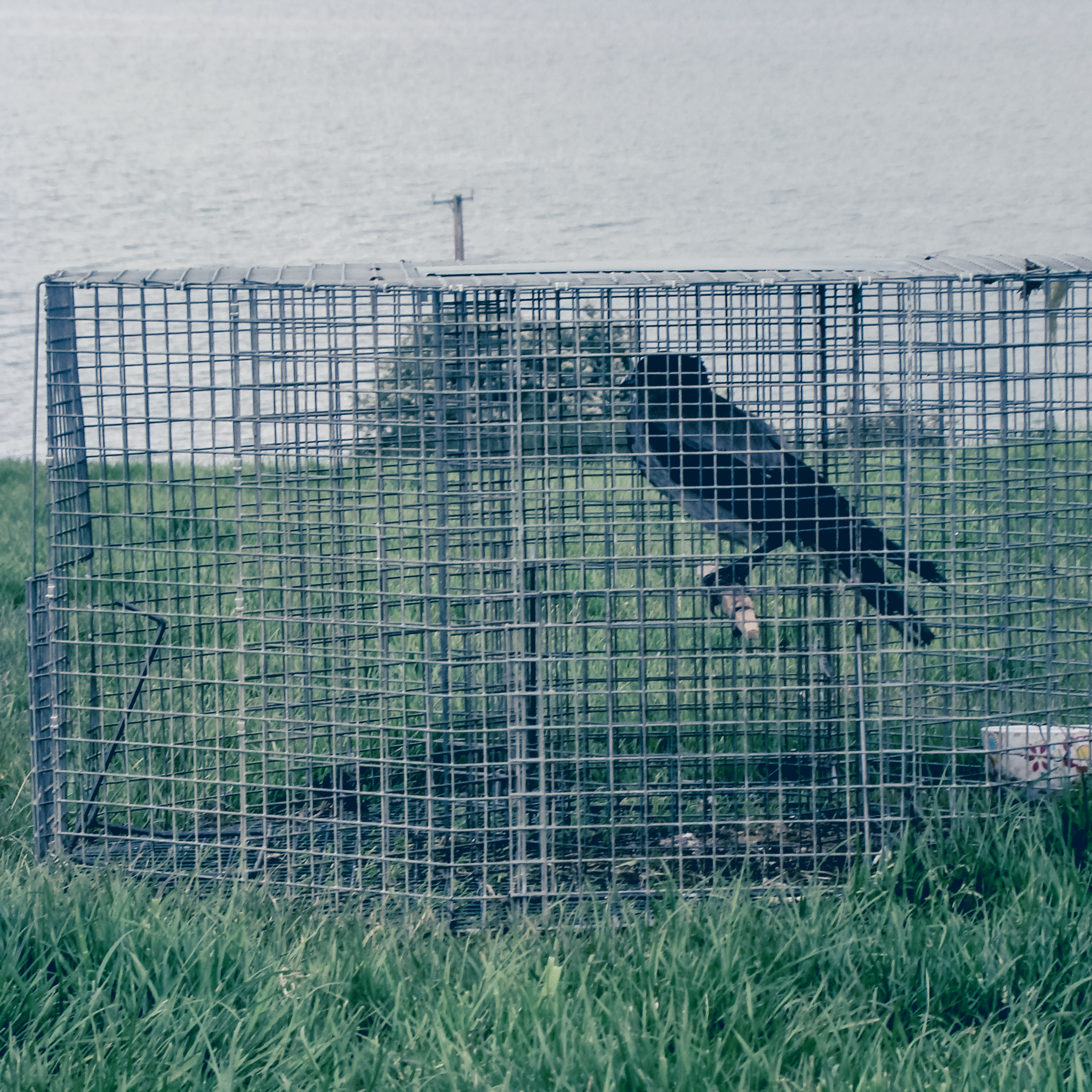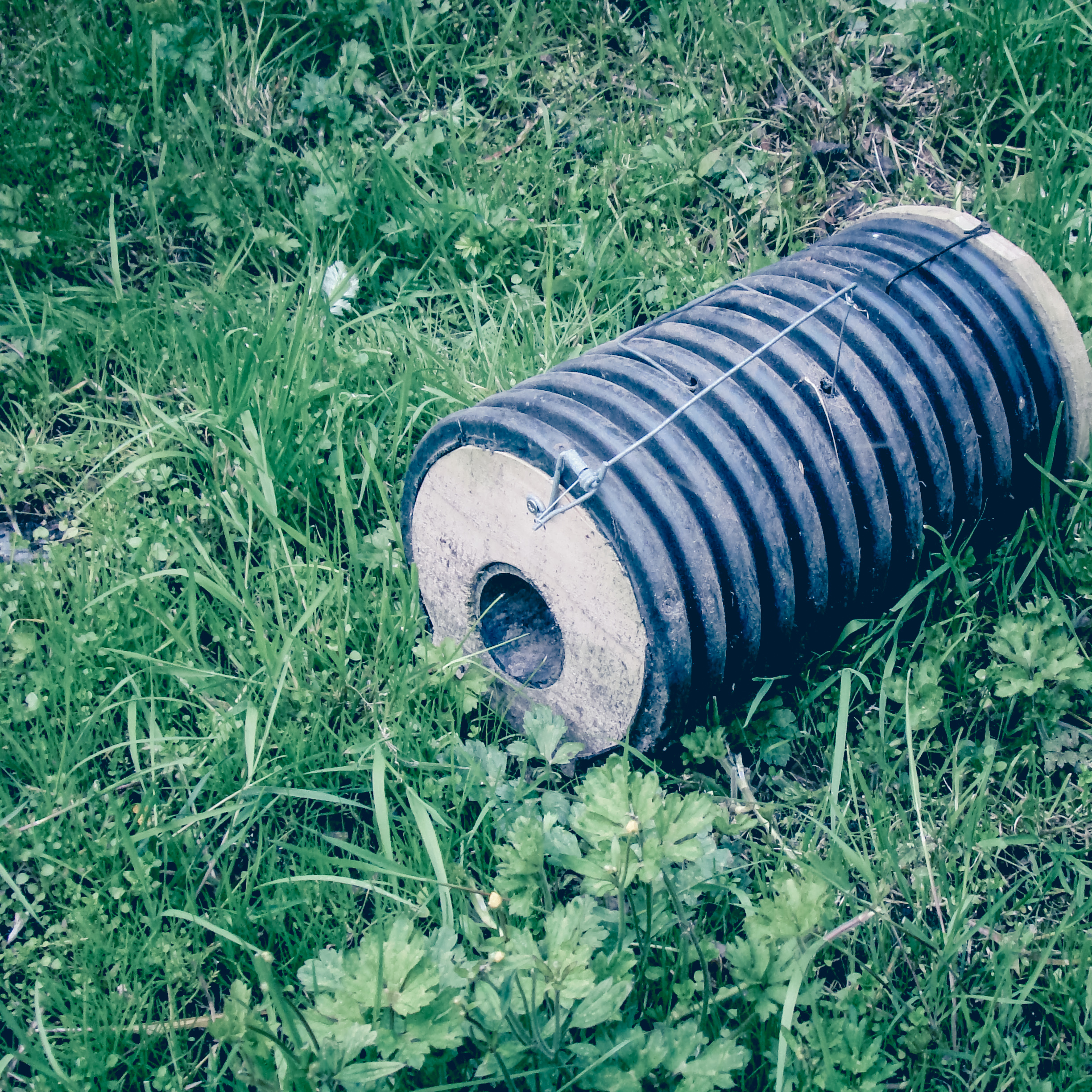Welcome
MISSION STATEMENT : The Inch Island Partridge Project aims to create a suitable environment on Inch Island, Co. Donegal, where locally bred and released Grey Partridge and other threatened farmland birds can flourish in the wild.
The Grey Partridge is one of Ireland’s rarest farm land birds. It became locally extinct due to changes in agricultural practices and a reduction in predator control. As a ground nesting bird they are particularly vulnerable to predation by Corvids and foxes. Their main diet is insects and they favor verge vegetation in arable farmland.
This project uses the Grey Partridge as a totem and focus for the promotion and demonstration of best practice management for the conservation of Irelands threatened ground nesting farmland birds and where locally extinct, the re-establishment of naturally sustaining populations.
The project is managed by Inch Island Gun Club with support from the Co. Donegal Game and Wildlife Council, The National Association of Regional Game Councils, The Heritage Council and the National Parks and Wildlife Service.
Inch Island is a small agricultural based community on the south western shores of Lough Swilly, Co. Donegal. The project is hosted by the Bryce’s at Strahack Farm, Inch Island, a mixed sheep and arable farm which has been the location for numerous wildlife and agricultural demonstration projects since the early 1980’s.

